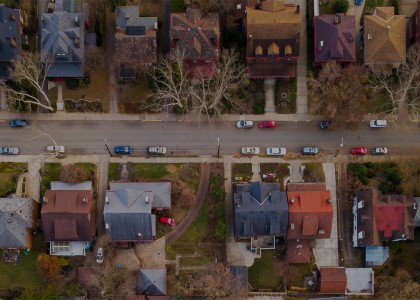Energy efficiency has historically been one of the lowest-cost resources available to utilities and grid planners to meet their power supply needs. Given the complex interplay of changing technologies, market trends, and affordable renewable energy resources, this brief analyzes utility programs’ current costs to determine whether energy efficiency is still as cost-effective as it has been in the past. Based on energy efficiency savings and spending data from 48 of the largest investor-owned utilities, this analysis demonstrates the cost to each utility per saved kWh in the most recent program year for which data are available (2018).
We find that using the most recently available cost data, the levelized cost of saved energy was even lower than in prior years, thanks to utilities expanding their efficiency portfolios. Weighted based on savings, the average levelized cost per saved kilowatt-hour was 2.4 cents, putting efficiency on par with the cheapest sources of clean energy available on the grid today. This value includes the cost of low-income programs, which typically come at a higher cost to program administrators. Based on the results from this analysis, we recommend that utilities and grid planners scale up energy efficiency programs if they want to deliver affordable power to customers while seeking to phase out fossil fuels and decarbonize our electric power system.
| Suggested Citation |
| Cohn, C. 2021.The Cost of Saving Electricity for the Largest U.S. Utilities: Ratepayer-Funded Efficiency Programs in 2018. Washington, DC: ACEEE. Topic Brief. aceee.org/topic-brief/2021/06/cost-saving-electricity-largest-us-utilities-ratepayer-funded-efficiency |



